Every cat owner knows the joy of running their fingers through a soft, glossy cat coat. But not everyone knows that the key to maintaining that luxurious coat lies in what you feed your feline friend. Nutrition plays an essential role in how your cat’s fur looks and feels. Just like humans, cats need a balanced diet to thrive, and this directly impacts their coat’s health. Let’s delve into the intricate relationship between a cat’s diet and their coat’s condition, shedding light on how food choices can make all the difference.
The Role of Proteins in Fur Quality
Proteins are the building blocks of life, and for cats, they are crucial for maintaining a healthy coat. Cats are obligate carnivores, meaning they require a diet rich in animal proteins. These proteins are converted into amino acids, which are essential for hair growth and repair. Without adequate protein intake, a cat’s coat can become brittle and dull. It’s like trying to build a house without bricks; the structure simply won’t hold up. Ensuring your cat gets enough high-quality protein is the first step towards a vibrant coat.
Fats: The Secret to Shine
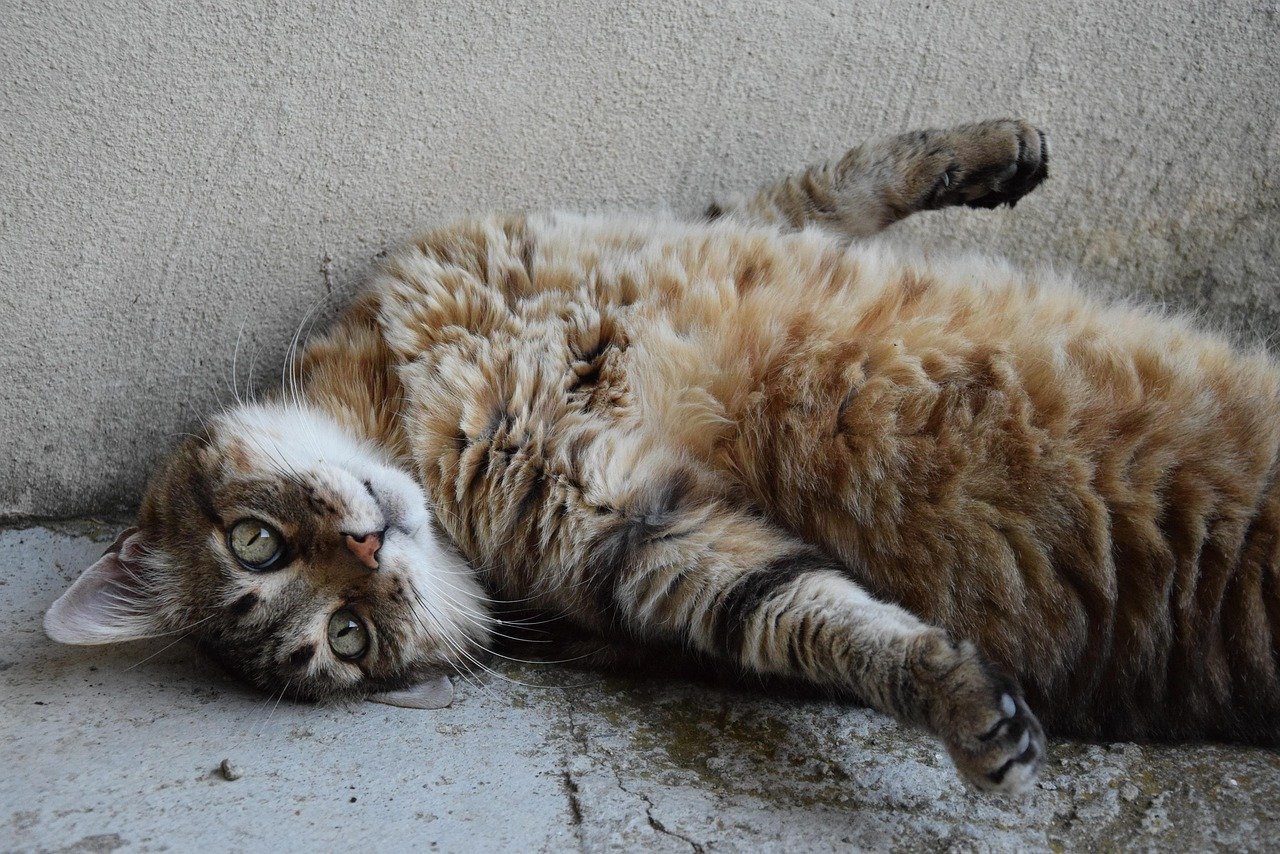
Fats are often misunderstood, but they are vital for a cat’s skin and coat health. Omega-3 and Omega-6 fatty acids, in particular, play a significant role in maintaining a shiny and smooth coat. These fats help to keep the skin hydrated and reduce inflammation, leading to fewer irritations and less shedding. Imagine fats as the oil that keeps a machine running smoothly; without them, everything becomes rough and worn. Including the right types of fats in your cat’s diet ensures their coat remains lustrous and healthy.
Vitamins and Their Impact on Coat Texture
Vitamins are like the unsung heroes of the dietary world. For cats, vitamins such as A, E, and B-complex are crucial for coat health. Vitamin A aids in skin cell reproduction, ensuring that the hair follicles remain healthy. Vitamin E acts as an antioxidant, protecting the skin from damage. B-complex vitamins, on the other hand, play a vital role in metabolism and energy production, directly impacting hair growth. It’s like having a team of experts ensuring every aspect of a project runs smoothly. A deficiency in these vitamins can lead to a coat that’s lackluster and prone to problems.
The Influence of Minerals on Fur Strength
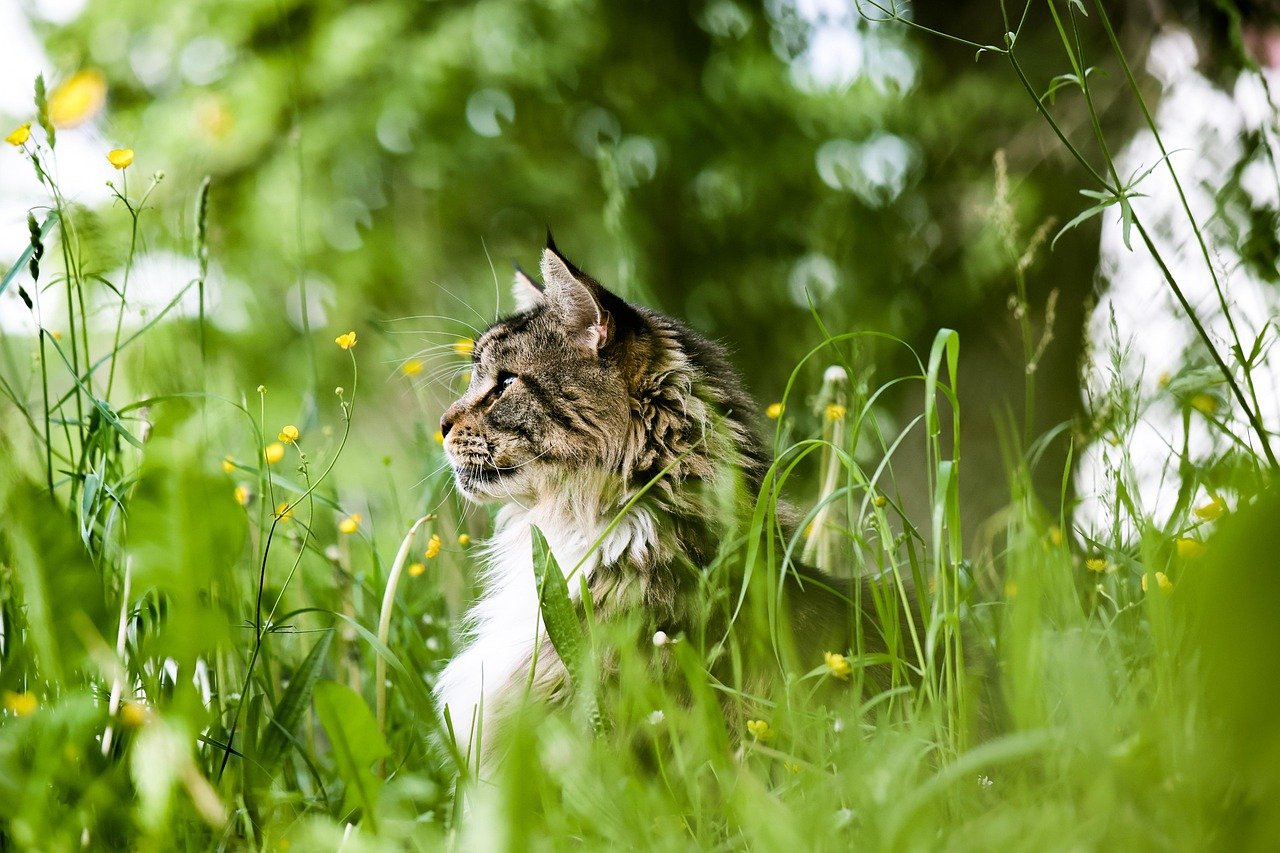
Minerals, though needed in smaller amounts, are nonetheless crucial for a cat’s coat health. Zinc, for example, is essential for skin health and plays a part in the production of keratin, the protein that makes up hair. Copper contributes to pigmentation, ensuring your cat’s coat remains vibrant and colorful. Think of minerals as the nuts and bolts that hold everything together. Without them, the whole system can fall apart, leading to weak and discolored fur.
Hydration and Its Effect on Fur Health
Water might seem like a basic necessity, but it plays a pivotal role in maintaining a healthy coat. Proper hydration ensures that the skin remains supple and resilient, reducing the chances of dryness and flakiness. It’s like watering a plant; without enough moisture, it wilts and loses its vibrancy. Encouraging your cat to drink water regularly or providing wet food can ensure they stay adequately hydrated, promoting a healthy coat.
The Dangers of Poor Nutrition
A subpar diet can lead to a myriad of coat problems for your cat. Poor nutrition can result in a coat that’s dull, brittle, and prone to shedding. Cats deprived of essential nutrients might also suffer from skin irritations and hair loss. Imagine a car running on low-quality fuel; it might work for a while, but eventually, it will break down. Ensuring your cat receives a balanced diet is crucial for preventing these issues and maintaining a healthy coat.
Understanding Food Allergies and Their Impact
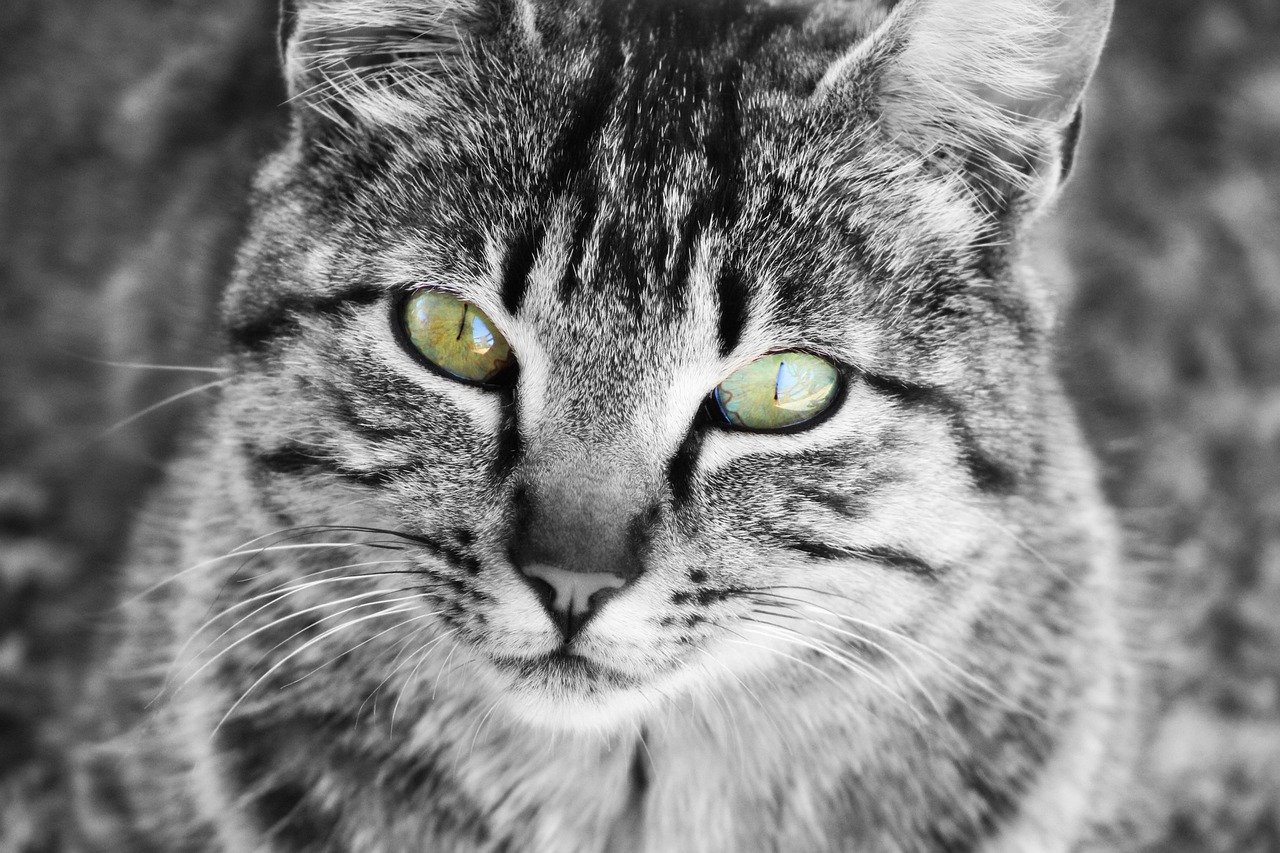
Food allergies are more common in cats than many realize, and they can significantly affect coat health. Allergic reactions can lead to itchy skin, causing cats to scratch and groom excessively, resulting in patchy fur or bald spots. It’s like having an itch you can’t scratch; the discomfort leads to visible signs of distress. Identifying and eliminating allergens from your cat’s diet can restore their coat to its former glory.
The Role of Commercial Cat Foods

Commercial cat foods offer convenience, but not all are created equal. Some are rich in the nutrients necessary for a healthy coat, while others fall short. It’s essential to read labels and choose products that offer a balanced mix of proteins, fats, vitamins, and minerals. Think of it as choosing between fast food and a well-prepared home-cooked meal; the latter will always offer more nutritional benefits. Opting for high-quality commercial cat food can make a noticeable difference in your cat’s coat health.
Homemade Diets: Pros and Cons

Some cat owners prefer to prepare homemade meals for their pets, believing it’s a healthier option. While homemade diets can offer control over ingredients, they require careful planning to ensure nutritional balance. It’s like baking a cake from scratch; without the right ingredients and measurements, the result can be disappointing. Consulting with a veterinarian can help ensure that a homemade diet meets all of a cat’s nutritional needs, supporting a healthy coat.
The Importance of Regular Vet Check-ups
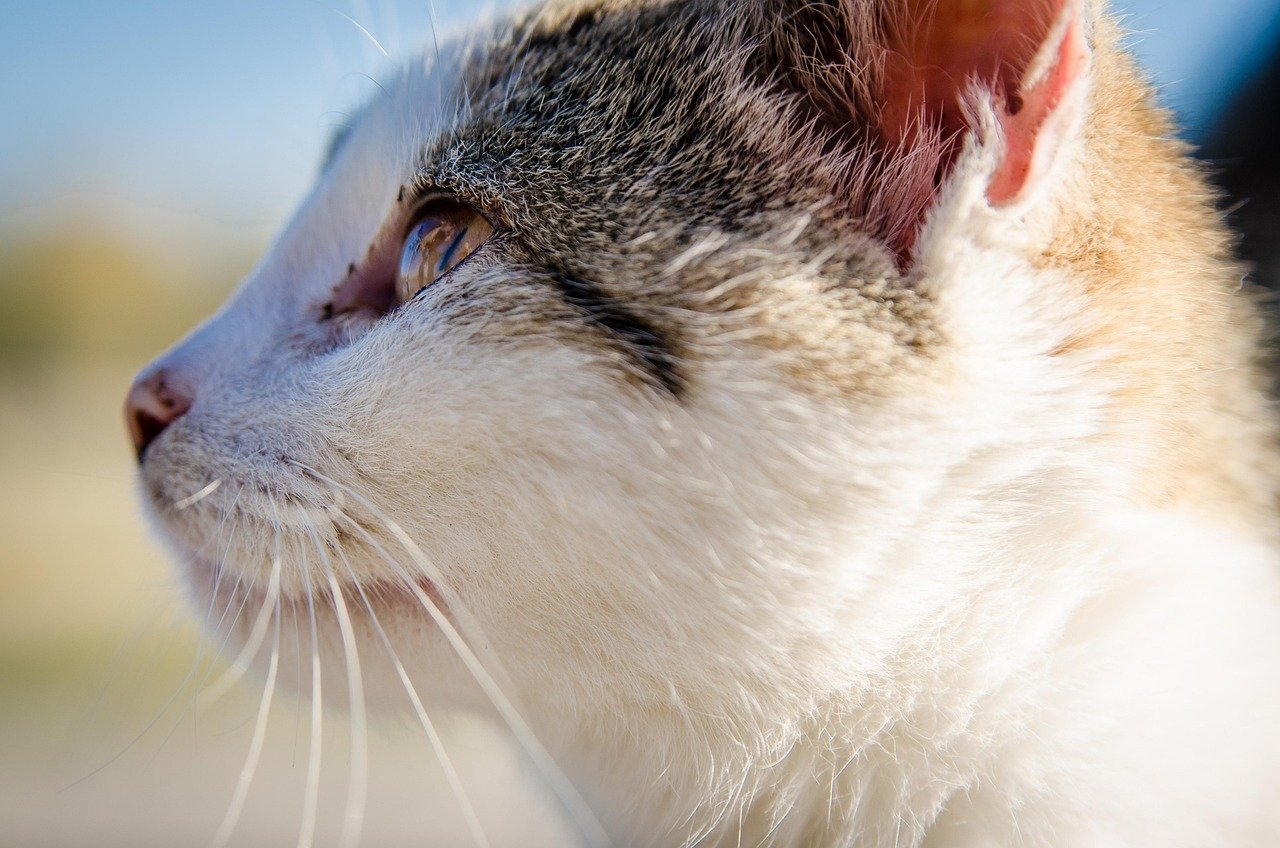
Regular veterinary check-ups are essential for monitoring your cat’s overall health, including their coat condition. Vets can spot nutritional deficiencies and recommend dietary adjustments before they become major issues. It’s akin to having a regular car service; routine checks can prevent breakdowns. By ensuring your cat’s diet is on track, you can proactively maintain their coat health.
Understanding the Link Between Stress and Coat Health
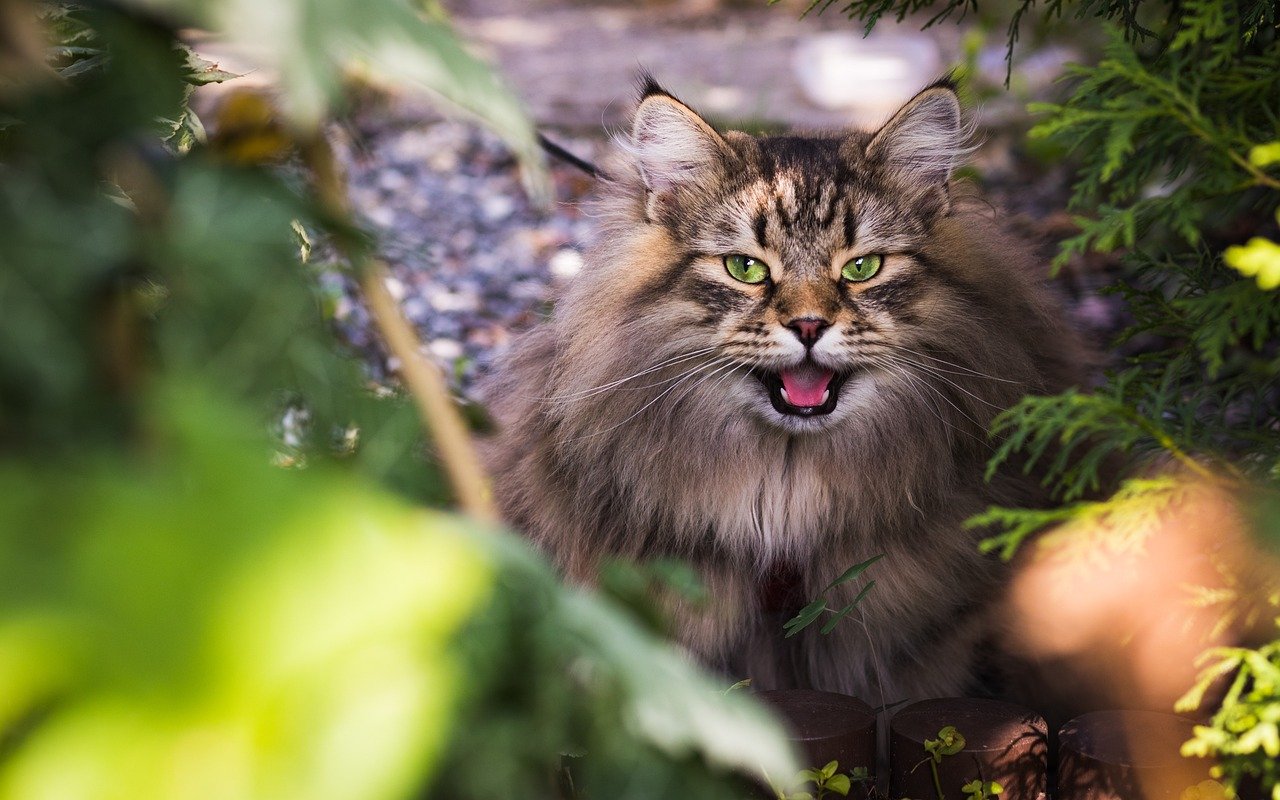
Stress is often overlooked, but it can have a profound impact on a cat’s coat. Cats under stress may over-groom, leading to hair loss and skin issues. It’s like biting your nails when anxious; the stress manifests in visible ways. Providing a calm environment and ensuring your cat feels safe can reduce stress-induced coat problems.
The Connection Between Age and Coat Changes
As cats age, their nutritional needs change, and this can impact their coat health. Older cats may require different nutrients to maintain a healthy coat. It’s much like how humans need supplements as they age; the body requires more support. Adjusting a cat’s diet as they grow older can help keep their coat in top condition.
The Role of Breed-Specific Dietary Needs

Different cat breeds have unique dietary needs, affecting their coat health. For example, long-haired breeds may require more fats to prevent tangling and matting. It’s like different cars needing different types of oil; each has specific requirements for optimal performance. Understanding your cat’s breed-specific needs can aid in maintaining their coat.
The Impact of Weight on Fur Health

Obesity can affect a cat’s ability to groom themselves, leading to a dirty and matted coat. Overweight cats may struggle to reach certain areas, resulting in neglected grooming. It’s similar to how a cluttered room can be hard to clean; excess weight makes grooming challenging. Maintaining a healthy weight through a balanced diet can ensure your cat’s coat remains clean and well-groomed.
Recognizing the Signs of Nutritional Deficiencies
Being able to recognize the signs of nutritional deficiencies can prevent coat problems before they escalate. Dullness, excessive shedding, and flaky skin can all indicate nutritional issues. It’s like noticing the check engine light in your car; early detection can prevent bigger problems. Addressing these signs through dietary changes can restore your cat’s coat health.
The Benefits of Supplements for Coat Health

Dietary supplements can provide an extra boost to support a cat’s coat health. Omega-3 supplements, for example, can enhance shine and reduce shedding. It’s akin to taking vitamins to boost immune health; supplements can provide that additional support. Consulting with a vet can help determine if supplements are necessary for your cat.
Understanding Seasonal Coat Changes

Cats often experience seasonal changes in their coat, shedding more in certain periods. These natural cycles can be influenced by diet, ensuring the coat remains healthy year-round. It’s like how humans change wardrobes with the seasons; cats need dietary support to manage these changes. Being aware of these cycles can help you adjust your cat’s diet accordingly.
The Role of Grooming in Coat Maintenance

Regular grooming complements a healthy diet in maintaining a cat’s coat. Brushing helps remove loose fur and stimulates the skin, promoting healthy hair growth. It’s similar to how regular cleaning keeps a house tidy; grooming supports a diet’s effects. Incorporating grooming into your routine can enhance your cat’s coat health.
Conclusion

The connection between a cat’s diet and their coat health is undeniable. By understanding the role of nutrition, from proteins and fats to vitamins and minerals, cat owners can make informed choices to support their pet’s coat. Whether through commercial foods, homemade meals, or supplements, ensuring your cat receives a balanced diet is key. Regular vet check-ups and grooming further enhance coat health, providing a comprehensive approach to maintaining that enviable feline fur.
Hi, I’m Bola, a passionate writer and creative strategist with a knack for crafting compelling content that educates, inspires, and connects. Over the years, I’ve honed my skills across various writing fields, including content creation, copywriting, online course development, and video scriptwriting.
When I’m not at my desk, you’ll find me exploring new ideas, reading books, or brainstorming creative ways to solve challenges. I believe that words have the power to transform, and I’m here to help you leverage that power for success.
Thanks for stopping by, Keep coming to this website to checkout new articles form me. You’d always love it!






